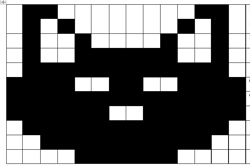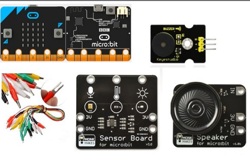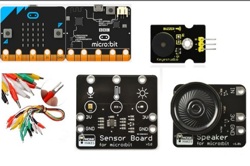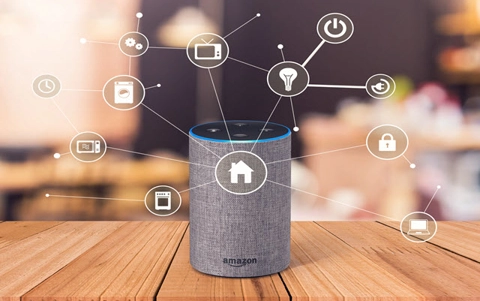Home automation programming (yrs 5-6)
Investigate home automation systems, including those powered by artificial intelligence (AI) with speech recognition capability. These suggested activities provide a level of differentiation to cater for students’ range of programming skills. They were developed in collaboration with the Digital Technologies Institute.
Additional details
| Year band(s) | 5-6 |
|---|---|
| Content type | Lesson ideas |
| Format | Web page |
| Core and overarching concepts | Digital systems, Data representation, Abstraction, Specification (decomposing problems), Algorithms, Impact and interactions, Implementation (programming) |
| Australian Curriculum Digital Technologies code(s) |
AC9TDI6K03
Explain how digital systems represent all data using numbers
AC9TDI6P02
Design algorithms involving multiple alternatives (branching) and iteration
AC9TDI6P05
Implement algorithms as visual programs involving control structures, variables and input
AC9TDI6P06
Evaluate existing and student solutions against the design criteria and user stories and their broader community impact
AC9TDI6K01
Investigate the main internal components of common digital systems and their function
AC9TDI6K02
Examine how digital systems form networks to transmit data
AC9TDI6P03
Design a user interface for a digital system
AC9TDI6P07
Select and use appropriate digital tools effectively to create, locate and communicate content, applying common conventions
AC9TDI6P08
Select and use appropriate digital tools effectively to share content online, plan tasks and collaborate on projects, demonstrating agreed behaviours |
| Technologies & Programming Languages | Artificial Intelligence |
| Keywords | Artificial Intelligence, AI, artificial, intelligence, teachable machine, smart phone, algorithms, problem solving, digital systems, Scratch, Lesson idea, Lesson plan, Digital Technologies Institute, home automation |
| Organisation | ESA |
| Copyright | Creative Commons Attribution 4.0, unless otherwise indicated. |
Related resources
-

Home/School communications
In this lesson sequence, students use big data sets and school surveys, to design (and as an extension activity, make) a new digital communication solution for the school.
-

Using binary to create on/off pictures
In this sequence of lessons students develop an understanding of how computers store and send digital images and they are able to represent images in a digital format.
-

DIY micro:bit metal detector (Years 5-6)
This activity shows one way to incorporate Digital Technologies into a goldfields unit in an authentic way using a micro:bit.
-

Classroom ideas: Micro:bit Environmental Measurement (visual programming) (Years 5-6)
This tutorial shows the coding needed for digital solutions of some environmental issues that can be created using pseudocode and visual programming.
-

Classroom ideas: Micro:bit Environmental Measurement (visual and general-purpose programming) (Years 5-8)
Investigating environmental data with Micro:bits: This tutorial shows the coding needed for digital solutions of some environmental issues that can be created using pseudocode and visual programming.
-

Makey Makey Projects for Years 4-6
These lesson ideas demonstrate how to combine Makey Makey together with Scratch to create all sorts of interesting solutions with students, as well as teach the basics of circuity, conductive materials and algorithms.
-

Making "Sense" of Robot Sensors
In this lesson plan, students discuss the importance of senses and experiment using echolocation as an example.
-

Journi online road safety education program
Journi is a free online road safety education program, developed in collaboration with experts in road safety and education to help keep kids safe. Journi is comprised of 4 flexible online modules and a suite of offline educator resources including lesson plans and student activities that align to Version 9 of the Australian Curriculum.
